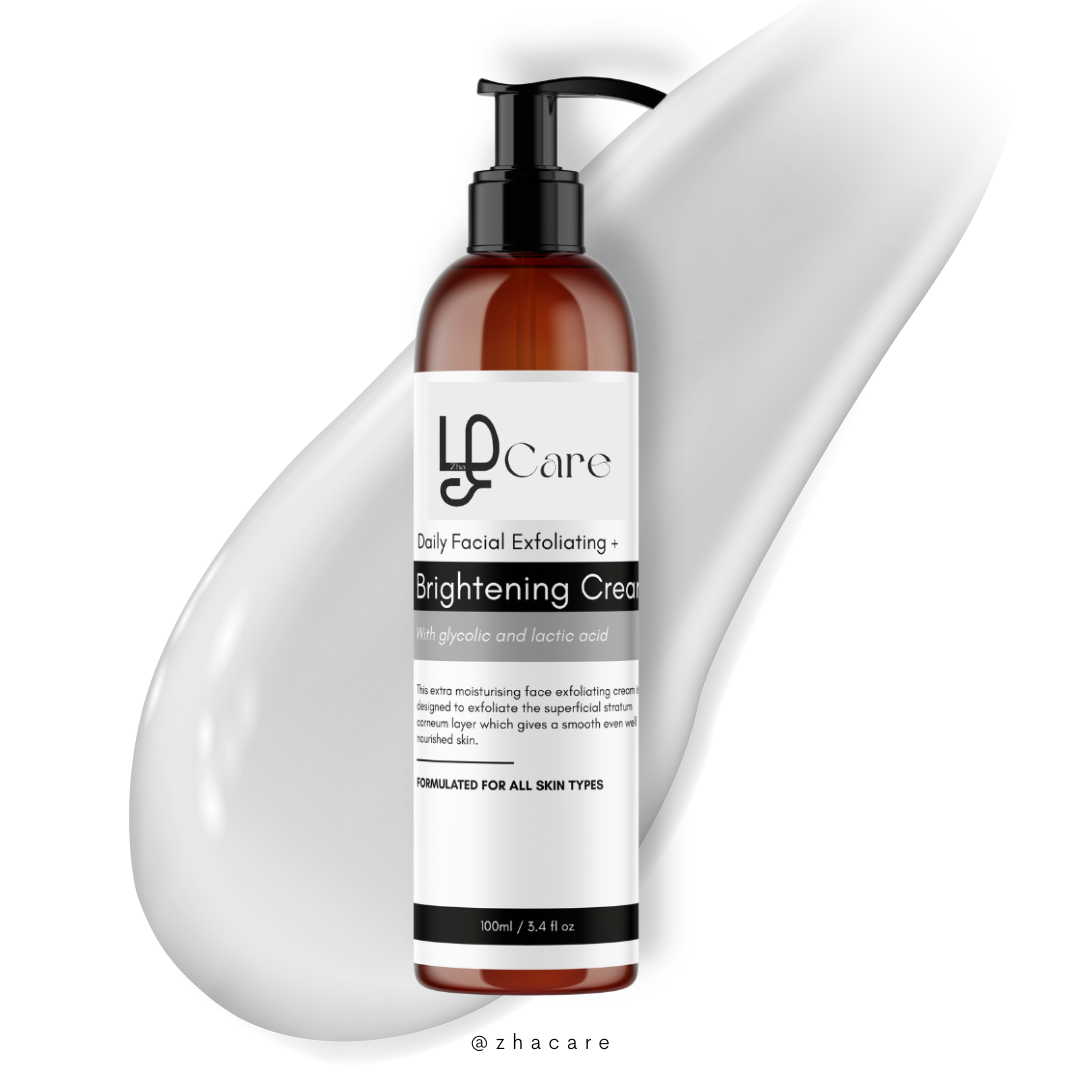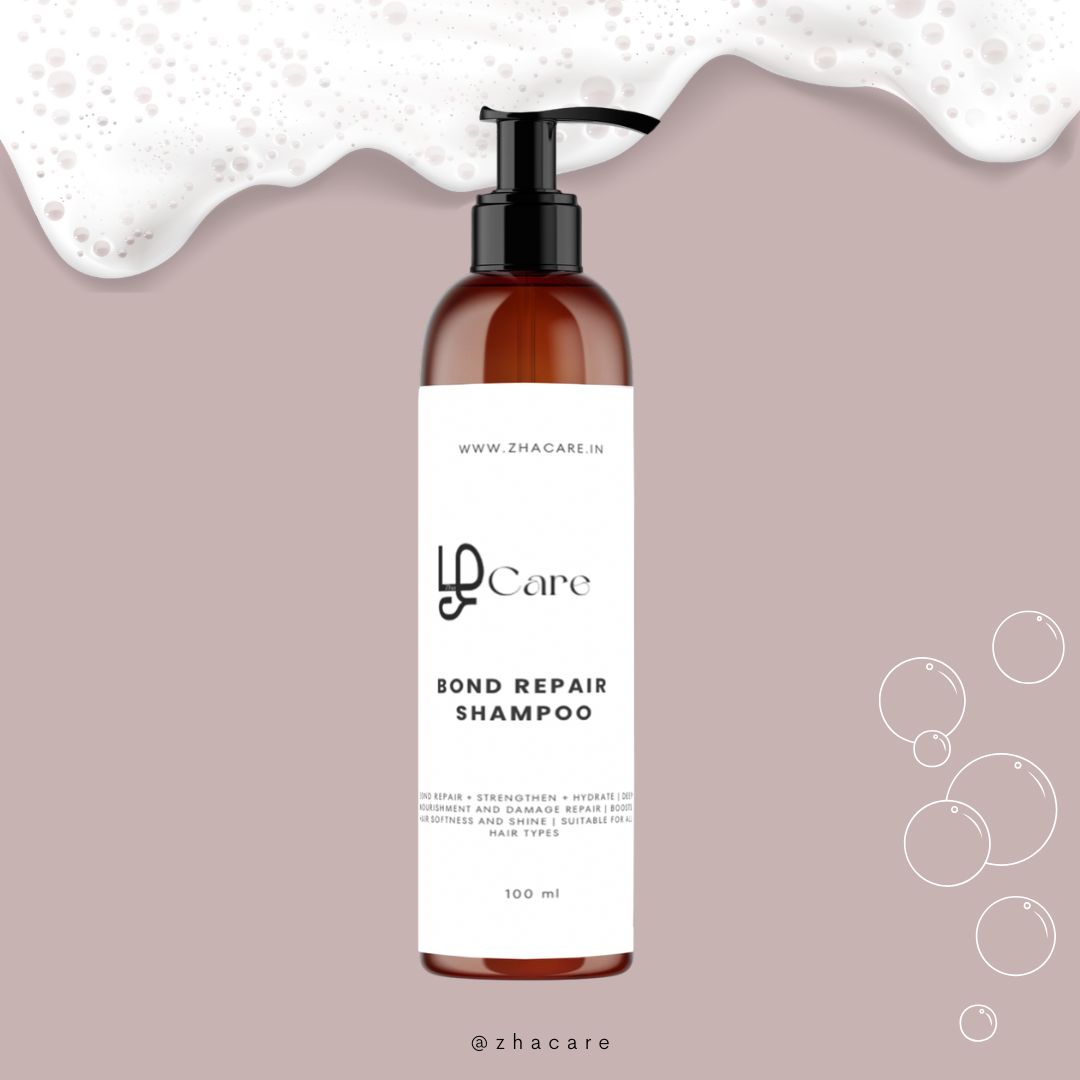What Exactly Is Curly Hair?
Curly hair is a biological variation in hair follicle shape. Unlike straight hair which grows from round follicles, curly hair grows from oval or flattened follicles, which cause the hair shaft to curl as it emerges.
Each bend in the curl creates a weak point, making curly hair:
-
More porous
-
More prone to breakage
-
Less efficient in distributing natural scalp oils to the ends
This is why curly hair often appears drier, frizzier, and more fragile than straight hair — even if it's healthy.

Key Problems in Curly Hair (Backed by Science)
1. Transepidermal Water Loss (TEWL)
Curly hair loses moisture faster due to its high surface area and porosity.
2. Sebum Distribution Deficiency
Because of the curl pattern, scalp oil (sebum) doesn’t reach mid-lengths and ends, leaving curls dry and brittle.
3. High Friction & Mechanical Stress
Curly hair entangles easily. Improper detangling or brushing leads to mechanical breakage.
4. Frizz = Misaligned Cuticle
When the outer cuticle layer lifts due to dryness or damage, moisture escapes and frizz enters.
5. pH Imbalance
Many mass-market shampoos raise the hair’s pH, causing the cuticle to lift. Curly hair needs a pH around 4.5–5.5 to remain smooth and sealed.
The Treatment Philosophy: Less is More
Our scientific consensus is clear: You do not need 10 products. You need 3 biocompatible, functionally designed products that match the biology of curly hair.
We recommend a foundational regimen using just three product types:
The 3-Product Regimen for Healthy Curly Hair
1. Sulfate-Free Cleanser (or Co-Wash)
Function: Gently removes sweat, buildup, and dead skin cells while preserving the scalp microbiome and natural oils.
Formulation Science Notes:
-
Avoid SLS/SLES; they’re too harsh for curly hair.
-
Opt for surfactants like Cocamidopropyl Betaine, Sodium Lauroyl Methyl Isethionate, or Decyl Glucoside.
-
Include humectants like glycerin or panthenol to maintain hydration while cleansing.
Dermatologist Tip:
Cleanse 1–2x/week. Overwashing removes protective oils and disrupts the scalp barrier.
2. Moisturizing Conditioner (Leave-In or Rinse-Off)
Function: Replenishes moisture, provides slip for detangling, and reinforces cuticle integrity.
Formulation Science Notes:
-
Use cationic conditioners (e.g., Behentrimonium Methosulfate) to neutralize the negative charge on damaged hair strands.
-
Look for fatty alcohols (Cetearyl, Stearyl) and plant-based oils (Babassu, Argan, Marula).
-
pH between 4–5.5 is optimal to smooth the cuticle.
Trichologist Tip:
Detangle only during conditioning, using your fingers or a wide-tooth comb. Do not detangle when dry.
3. Curl Cream or Defining Gel
Function: Enhances curl definition, retains moisture, provides hold, and reduces frizz.
Formulation Science Notes:
-
Film-formers like polyquaternium-11 or PVP help retain curl structure.
-
Use humectants like glycerin in moderation (too much can cause frizz in humid climates).
-
Aloe vera, flaxseed extract, or hydrolyzed proteins support curl elasticity.
Cosmetic Chemist Tip:
Apply curl cream or gel on wet or damp hair immediately post-shower to “lock in” moisture.
Weekly Protocol for Beginners
|
Day |
Routine |
|
Sunday |
Cleanse + Condition + Style |
|
Wednesday |
Refresh curls with water spray + small amount of curl cream |
|
Friday |
Co-wash (optional) + condition + style |
|
Daily |
Pineapple bun at night + satin pillowcase or bonnet |
FAQs Answered Scientifically
“Why does my curly hair always feel dry?”
Because the natural oils from your scalp don’t travel easily down the bends of curly strands. It’s a structural limitation, not a lack of care.
“Can I use oil for curly hair?”
Yes — but use lightweight oils like argan or jojoba on the mid-lengths to ends. Avoid heavy oils or applying them on the scalp, which can clog follicles.
“What’s the difference between curl cream and gel?”
-
Curl Cream = Moisture + light hold
-
Gel = Stronger hold + frizz control
You can layer both — cream first, then gel — for longer-lasting definition.
“How do I refresh second or third-day curls?”
Lightly mist your hair with filtered water. Reapply a pea-sized amount of curl cream. Avoid brushing. Scrunch and let it air dry.
“What about protein?”
If your curls feel limp or over-moisturized, introduce a conditioner or leave-in with hydrolyzed wheat, silk, or quinoa protein once a week.
Final Words From the Experts
✔ Healthy curls = Hydration + pH balance + Minimal friction
✔ Don’t compare your curls to others. Your curl pattern is genetically unique.
✔ Use products formulated for curls — not just repurposed “normal hair” lines.
We’ve seen patients regain curl health within 6–8 weeks of a minimal, consistent routine.
🛒 Need Product Recommendations?
Choose products with:
-
Acidic pH (4–5.5)
-
No silicones (unless water-soluble), sulfates, or drying alcohols
-
Clinical-grade plant extracts, not just fragrance

